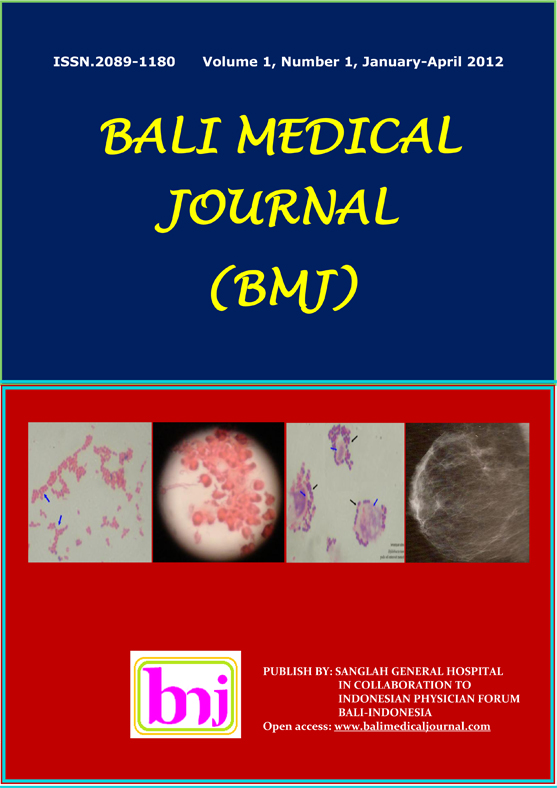Hyaluronic Acid Caused of Wider Epithelialization Compare to Normal Saline in Severe Diabetic Ulcer
Abstract
Objectives: Diabetic ulcer, one of chronic complications of diabetes mellitus (DM), showed a high morbidity and mortality rate. The main treatment modality for diabetic ulcer was debridement, followed by wound treatment as local control to promote wound healing. This study aims to compare efficacy of hyaluronic acid (HA) and 0.9% sodium chloride (NaCl) in severe diabetic ulcus two after debridement.
Method: This study was a randomized clinical study to compare the efficacy of HA and NaCl 0.9% in severe diabetic ulcer two weeks post debridement. Thirty six severe diabetic ulcer (Wagner ?3) samples were collected using consecutive sampling method and divided into 2 treatment groups: standard wound treatment using NaCl 0.9% and using hyaluronic acid. T-independent test was applied for statistical analysis data and p<0.05 was consider a statisticalle significant.
Results: The two treatment groups showed insignificant difference in characteristics and laboratory findings. The mean tissue epithelialization width after two weeks of wound treatment using NaCl 0.9% was 17,22 ± 3,25 and using HA was 27,33 ± 2,43. Statistical analysis using t-independent test showed t = 10.59, p = 0.001 for both treatment groups.
Conclusions: HA improves wound healing rate in severe diabetic ulcer 2 weeks post debridement compared to 0.9% NaCl.


